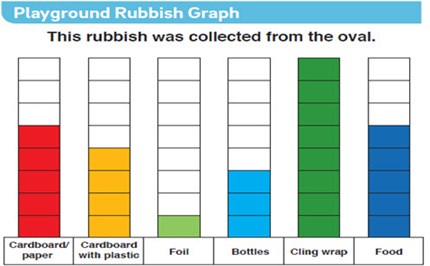Please note: This site contains links to websites not controlled by the Australian Government or ESA. More information here.
reSolve: What a Load of Rubbish
In this series of three lessons, students conduct an audit of the rubbish they find in their playground. They use a range of categories to sort, display and interpret the data and make simple inferences. They then reclassify the rubbish collected as to whether it can be recycled, composted or if it needs to go into the bin. Finally, students audit the bins in different areas of the playground, compare the number of bins to the amount of rubbish and recyclable rubbish, and consider if the school rubbish bins are in the right place. Each lesson is outlined in detail including curriculum links, vocabulary, materials needed, sample answers, discussion points and student resources. This sequence is part of the reSolve: Mathematics by Inquiry program.
Additional details |
|
| Year level(s) | Year 2 |
|---|---|
| Audience | Teacher |
| Purpose | Teaching resource |
| Format | Downloadable resources |
| Teaching strategies and pedagogical approaches | Mathematics investigation |
| Keywords | tables, rubbish, recycling, picture graphs, tallies, data collection, lists |
Curriculum alignment |
|
| Curriculum connections | Numeracy |
| Strand and focus | Statistics, Build understanding, Apply understanding |
| Topics | Data representation and interpretation |
| AC: Mathematics (V9.0) content descriptions |
AC9M2ST01
Acquire data for categorical variables through surveys, observation, experiment and using digital tools; sort data into relevant categories and display data using lists and tables
AC9M2ST02
Create different graphical representations of data using software where appropriate; compare the different representations, identify and describe common and distinctive features in response to questions |
| Numeracy progression |
Interpreting and representing data (P3)
|
Copyright details |
|
| Organisation | reSolve Maths by Inquiry |
| Copyright | © Australian Government Department of Education, Skills and Employment 2021. Creative Commons BY-NC-SA 4.0. |
Related resources
-
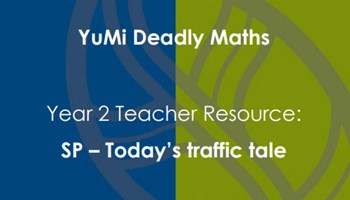
Today’s traffic tale
Students collect data relating to a topic of their choice. They create picture graphs and interpret other people's data.
Resource details -
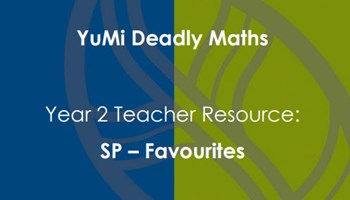
Favourites
Students compose questions of personal interest and collect data by surveying the responses of their classmates to these questions. They represent their data using picture or column graphs and discuss their findings.
Resource details -
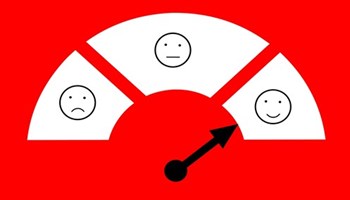
Acquire, record and represent data: Year 2 – planning tool
This planning resource for Year 2 is for the topic of Acquire, record and represent data.
Resource details -
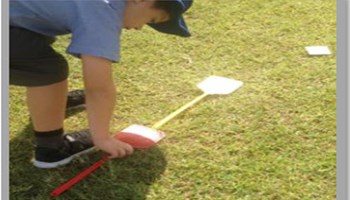
reSolve: Authentic Problems: Target Ball
A series of inquiry-based lessons about formal and informal units of length in the context of designing a ball game.
Resource details
